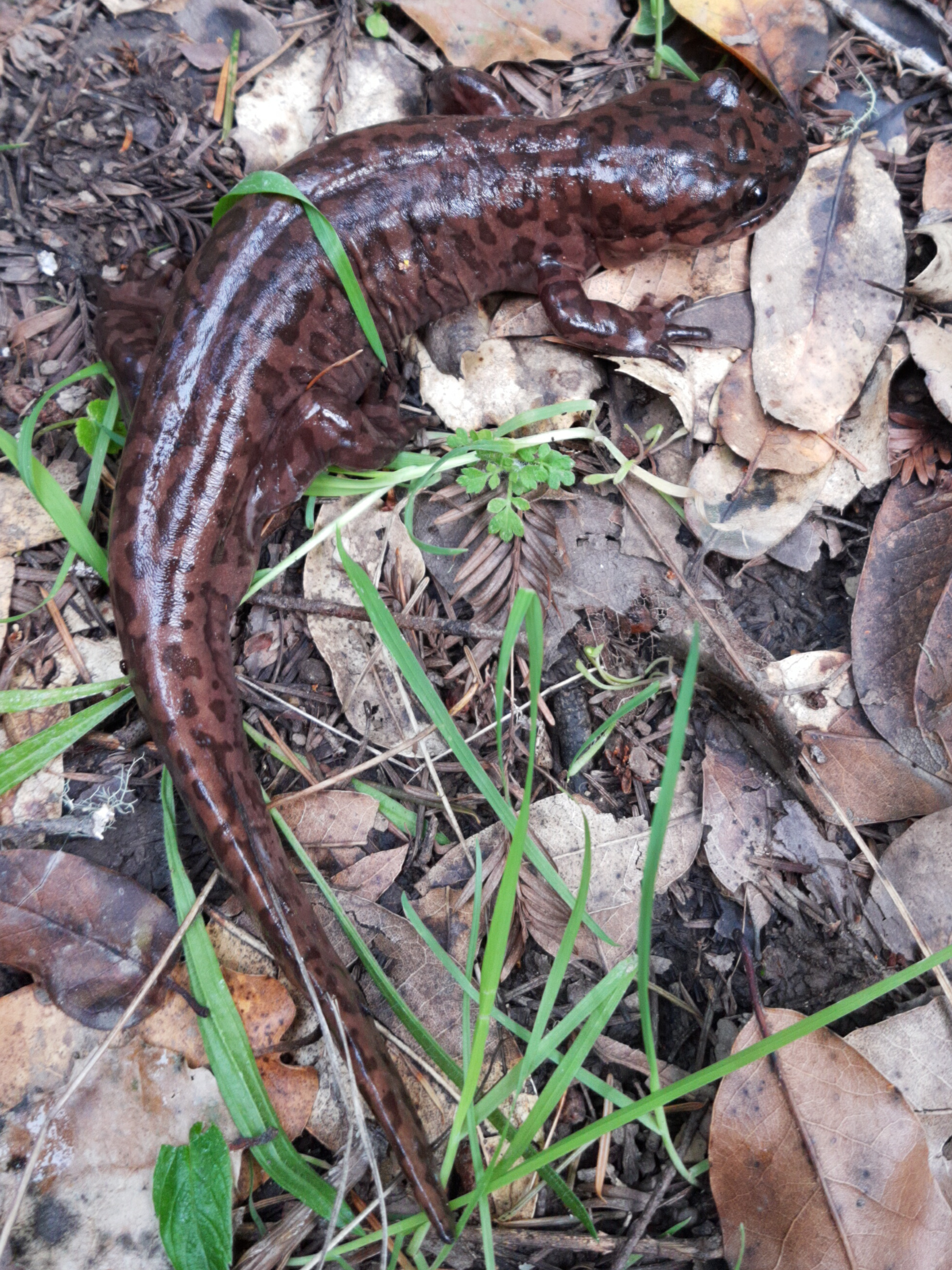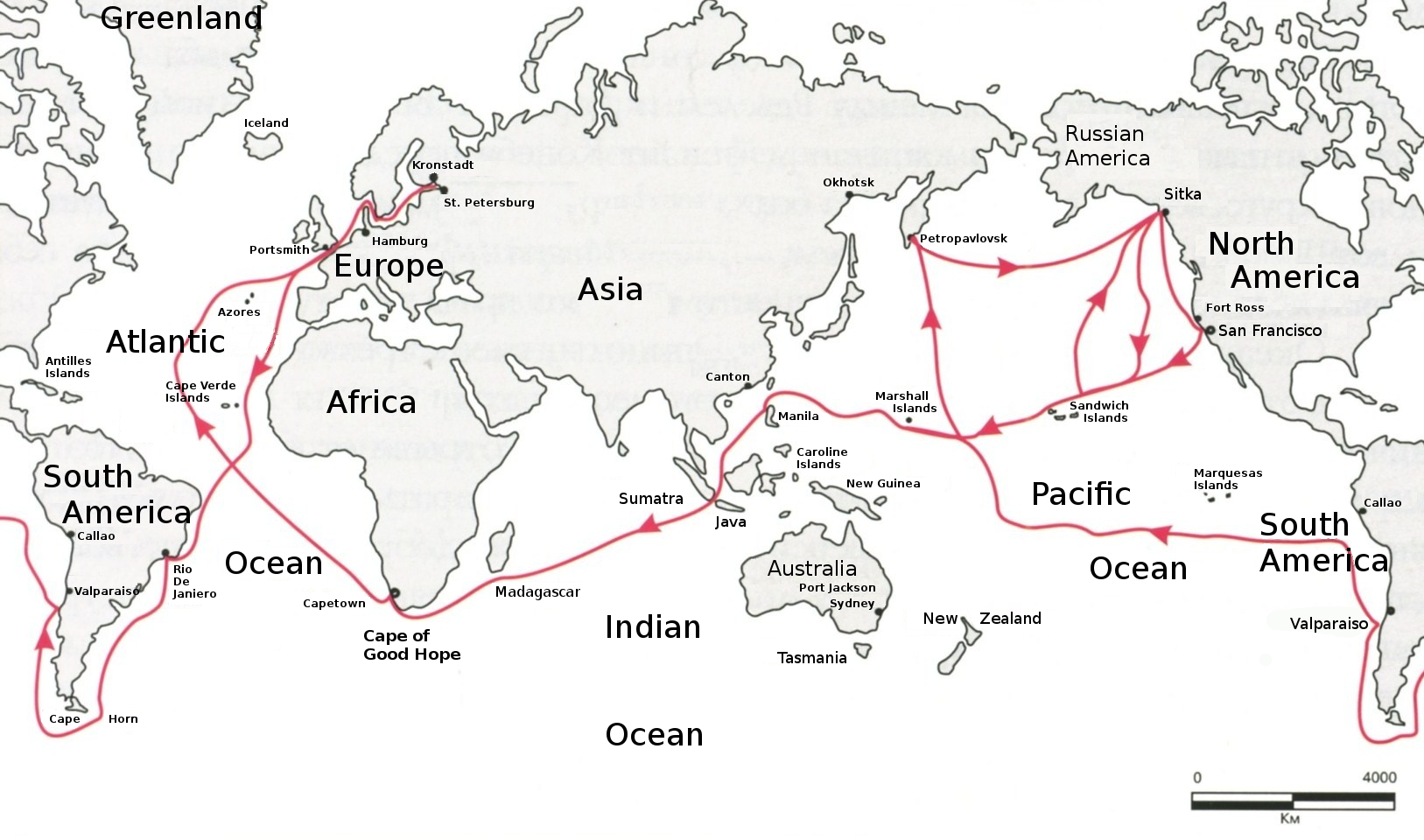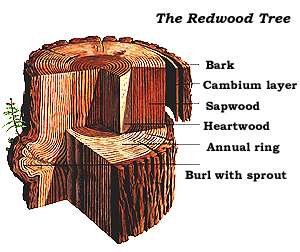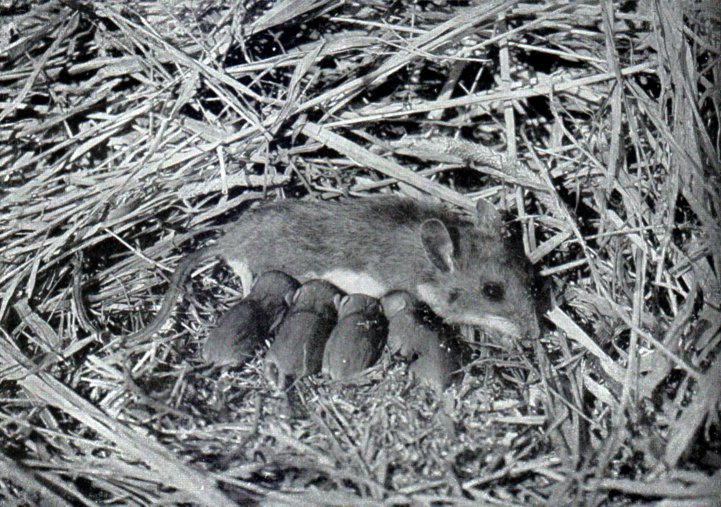|
California Giant Salamander
The California giant salamander (''Dicamptodon ensatus'') is a species of salamander in the family Ambystomatidae. ''Dicamptodon ensatus'' is endemic to California, in the western United States. The species once additionally included individuals now belonging to the species ''D. aterrimus'' (Idaho giant salamander) and ''D. tenebrosus'' ( coastal giant salamander), under the common name Pacific giant salamander, which now refers to the genus and family. Taxonomy The Pacific giant salamander (''D. ensatus'') was thought to consist of three geographic populations, an Idaho isolates, a group in northern California, and a group in Oregon and Washington. In 1989 genetic studies showed that the ''D. ensatus'' populations consisted of three species: the Idaho giant salamander (''Dicamptodon aterrimus'') in Idaho, and two highly divergent species with a narrow hybrid zone in California, the coastal giant salamander (''Dicamptodon tenebrosus'') (ranging from northern California to Washi ... [...More Info...] [...Related Items...] OR: [Wikipedia] [Google] [Baidu] |
Johann Friedrich Von Eschscholtz
Johann Friedrich Gustav von Eschscholtz (1 November 1793 – 7 May 1831)Sterling (1997) was a Baltic German physician, naturalist, and entomologist. He was one of the earliest scientific explorers of the Pacific region, making significant collections of flora and fauna in Alaska, California, and Hawaii. Biography Eschscholtz was born in the Livonian city of Dorpat, then part of the Russian Empire. His parents, Johann Gottfried and Katherine Hedwig Ziegler Eschscholtz were ethnic Baltic Germans. He studied medicine and zoology at the University of Dorpat and served as an assistant to Carl Friedrich von Ledebour, a professor of botany.McKelvey Eschscholtz received a medical degree in 1815. First voyage On the recommendation of Ledebour, Eschscholtz served as surgeon and naturalist on the Russian expeditionary ship ''Rurik'' under the command of Otto von Kotzebue.Daum (2019) From 1815 to 1818 the expedition circumnavigated the globe for the purposes of seeking a Northwest Passage ... [...More Info...] [...Related Items...] OR: [Wikipedia] [Google] [Baidu] |
Olympic Peninsula
The Olympic Peninsula is a large arm of land in western Washington that lies across Puget Sound from Seattle, and contains Olympic National Park. It is bounded on the west by the Pacific Ocean, the north by the Strait of Juan de Fuca, and the east by Hood Canal. Cape Alava, the westernmost point in the contiguous United States, and Cape Flattery, the northwesternmost point, are on the peninsula. Comprising about , the Olympic Peninsula contained many of the last unexplored places in the contiguous United States. It remained largely unmapped until Arthur Dodwell and Theodore Rixon mapped most of its topography and timber resources between 1898 and 1900. Geography Clallam and Jefferson Counties, as well as the northern parts of Grays Harbor and Mason Counties, are on the peninsula. The Kitsap Peninsula, bounded by the Hood Canal and Puget Sound, is an entirely separate peninsula and is not connected to the Olympic Peninsula. From Olympia, the state capital, U.S. Route 101 r ... [...More Info...] [...Related Items...] OR: [Wikipedia] [Google] [Baidu] |
Sonoma County, California
Sonoma County () is a county (United States), county located in the U.S. state of California. As of the 2020 United States Census, its population was 488,863. Its county seat and largest city is Santa Rosa, California, Santa Rosa. It is to the north of Marin County, California, Marin County and the south of Mendocino County, California, Mendocino County. It is west of Napa County, California, Napa County and Lake County, California, Lake County. Sonoma County comprises the Santa Rosa-Petaluma Metropolitan Statistical Area, which is part of the San Jose, California, San Jose-San Francisco-Oakland, California, Oakland, CA San Jose-San Francisco-Oakland, CA Combined Statistical Area, Combined Statistical Area. It is the northernmost county in the nine-county San Francisco Bay Area region. In California's Wine Country (California), Wine Country region, which also includes Napa, Mendocino, and Lake counties, Sonoma County is the largest producer. It has thirteen approved American Vit ... [...More Info...] [...Related Items...] OR: [Wikipedia] [Google] [Baidu] |
Sequoia Sempervirens
''Sequoia sempervirens'' ()''Sunset Western Garden Book,'' 1995:606–607 is the sole living species of the genus '' Sequoia'' in the cypress family Cupressaceae (formerly treated in Taxodiaceae). Common names include coast redwood, coastal redwood, and California redwood. It is an evergreen, long-lived, monoecious tree living 1,200–2,200 years or more. This species includes the tallest living trees on Earth, reaching up to in height (without the roots) and up to in diameter at breast height. These trees are also among the oldest living things on Earth. Before commercial logging and clearing began by the 1850s, this massive tree occurred naturally in an estimated along much of coastal California (excluding southern California where rainfall is not sufficient) and the southwestern corner of coastal Oregon within the United States. The name sequoia sometimes refers to the subfamily Sequoioideae, which includes ''S. sempervirens'' along with ''Sequoiadendron'' (gi ... [...More Info...] [...Related Items...] OR: [Wikipedia] [Google] [Baidu] |
Pseudotsuga Menziesii
The Douglas fir (''Pseudotsuga menziesii'') is an evergreen conifer species in the pine family, Pinaceae. It is native to western North America and is also known as Douglas-fir, Douglas spruce, Oregon pine, and Columbian pine. There are three varieties: coast Douglas-fir (''P. menziesii'' var. ''menziesii''), Rocky Mountain Douglas-fir (''P. menziesii'' var. ''glauca'') and Mexican Douglas-fir (''P. menziesii'' var. ''lindleyana''). Despite its common names, it is not a true fir (genus ''Abies''), spruce (genus ''Picea''), or pine (genus ''Pinus''). It is also not a hemlock; the genus name ''Pseudotsuga'' means "false hemlock". Description Douglas-firs are medium-size to extremely large evergreen trees, tall (although only ''Pseudotsuga menziesii var. menziesii'', common name coast Douglas-firs, reach heights near 100 m) and commonly reach in diameter, although trees with diameters of almost exist. The largest coast Douglas-firs regularly live over 500 years, with the oldes ... [...More Info...] [...Related Items...] OR: [Wikipedia] [Google] [Baidu] |
Endemism
Endemism is the state of a species being found in a single defined geographic location, such as an island, state, nation, country or other defined zone; organisms that are indigenous to a place are not endemic to it if they are also found elsewhere. For example, the Cape sugarbird is found exclusively in southwestern South Africa and is therefore said to be ''endemic'' to that particular part of the world. An endemic species can be also be referred to as an ''endemism'' or in scientific literature as an ''endemite''. For example '' Cytisus aeolicus'' is an endemite of the Italian flora. '' Adzharia renschi'' was once believed to be an endemite of the Caucasus, but it was later discovered to be a non-indigenous species from South America belonging to a different genus. The extreme opposite of an endemic species is one with a cosmopolitan distribution, having a global or widespread range. A rare alternative term for a species that is endemic is "precinctive", which applies to ... [...More Info...] [...Related Items...] OR: [Wikipedia] [Google] [Baidu] |
Garter Snake
Garter snake is a common name for generally harmless, small to medium-sized snakes belonging to the genus ''Thamnophis'' in the family Colubridae. Native to North and Central America, species in the genus ''Thamnophis'' can be found from the subarctic plains of Canada to Costa Rica. With about 35 recognized species and subspecies, garter snakes are highly variable in appearance. They generally have large round eyes, round pupils, a slender build, keeled scales, and a pattern of longitudinal stripes that may or may not include spots (although some have no stripes at all). They also vary significantly in total length from as short as 18″ to as long as 51" (45-130cm). With no real consensus on the classification of species of ''Thamnophis'', disagreement between taxonomists and sources such as field guides over whether two types of snakes are separate species or subspecies of the same species is common. Garter snakes are closely related to the genus ''Nerodia'' (water snakes), wi ... [...More Info...] [...Related Items...] OR: [Wikipedia] [Google] [Baidu] |
American Water Shrew
The American water shrew (''Sorex palustris'') or northern water shrew, is a shrew found in the nearctic faunal region located throughout the mountain ranges of the northern United States and in Canada and Alaska. The organism resides in semi-aquatic habitats, and is known for being the smallest mammalian diver. Anatomy and morphology The American water shrew is a sexually dimorphic species in which the males are generally larger and heavier than the females. The size of the shrew is and weight is . Their tail length is . The shrew exhibits a black and brown pelage which varies in shade depending on the season. When underwater, the animal appears to have a silver veneer on account of its water repellent fur trapping air bubbles. The snout features vibrissae which in the case of water shrews are specialized for aquatic hunting. Like other small mammals who spend part of their time in water, American water shrews have short hairs covering their hind limbs to bolster each paddle ... [...More Info...] [...Related Items...] OR: [Wikipedia] [Google] [Baidu] |
White-footed Mice
The white-footed mouse (''Peromyscus leucopus'') is a rodent native to North America from Ontario, Quebec, Labrador, and the Maritime Provinces (excluding the island of Newfoundland) to the southwestern United States and Mexico. In the Maritimes, its only location is a disjunct population in southern Nova Scotia. It is also known as the woodmouse, particularly in Texas. Description Adults are in length, not counting the tail, which can add another . A young adult weighs . While their maximum lifespan is 96 months, the mean life expectancy for the species is 45.5 months for females and 47.5 for males. In northern climates, the average life expectancy is 12–24 months. The species is similar to ''Peromyscus maniculatus''. White-footed Mouse, Quetico.jpg, In Quetico Provincial Park, Ontario File:Rhus typhina-Peromyscus leucopus-female.jpg, Female on a staghorn sumac Behavior and diet White-footed mice are omnivorous, and eat seeds and insects. They are timid and generally avoid ... [...More Info...] [...Related Items...] OR: [Wikipedia] [Google] [Baidu] |
Dicamptodon Ensatus Terrestrial Adult
The Pacific giant salamanders (frequently stylized as Giant Pacific Salamanders or GPS) are members of the genus ''Dicamptodon''. They are large salamanders endemic to the Pacific Northwest in North America. They are included in the family Ambystomatidae, or alternatively, in their own monogeneric family Dicamptodontidae. Description Pacific giant salamanders are defined by their wide protruding eyes, costal grooves, thick arms, and dark background coloring. ''Dicamptodon'' have a snout-vent-length (SVL) of 350 mm, a broad head, laterally flexible flattened tails, paired premaxillae that are separate from the nasals, and the aquatic larvae have gills. ''Dicamptodon'' have lacrimals and pterygoids that are present, but quadratojugal are absent. While most salamanders are silent, the Pacific giant salamander is one of several salamanders that have vocal abilities. When startled, these salamanders may respond with a croaky-sounding cry similar to that of a barking dog. Habitat ... [...More Info...] [...Related Items...] OR: [Wikipedia] [Google] [Baidu] |
Marsh
A marsh is a wetland that is dominated by herbaceous rather than woody plant species.Keddy, P.A. 2010. Wetland Ecology: Principles and Conservation (2nd edition). Cambridge University Press, Cambridge, UK. 497 p Marshes can often be found at the edges of lakes and streams, where they form a transition between the aquatic and terrestrial ecosystems. They are often dominated by grasses, rushes or reeds. If woody plants are present they tend to be low-growing shrubs, and the marsh is sometimes called a carr. This form of vegetation is what differentiates marshes from other types of wetland such as swamps, which are dominated by trees, and mires, which are wetlands that have accumulated deposits of acidic peat. Marshes provide habitats for many kinds of invertebrates, fish, amphibians, waterfowl and aquatic mammals. This biological productivity means that marshes contain 0.1% of global sequestered terrestrial carbon. Moreover, they have an outsized influence on climate resi ... [...More Info...] [...Related Items...] OR: [Wikipedia] [Google] [Baidu] |
Lake
A lake is an area filled with water, localized in a basin, surrounded by land, and distinct from any river or other outlet that serves to feed or drain the lake. Lakes lie on land and are not part of the ocean, although, like the much larger oceans, they do form part of the Earth's water cycle. Lakes are distinct from lagoons, which are generally coastal parts of the ocean. Lakes are typically larger and deeper than ponds, which also lie on land, though there are no official or scientific definitions. Lakes can be contrasted with rivers or streams, which usually flow in a channel on land. Most lakes are fed and drained by rivers and streams. Natural lakes are generally found in mountainous areas, rift zones, and areas with ongoing glaciation. Other lakes are found in endorheic basins or along the courses of mature rivers, where a river channel has widened into a basin. Some parts of the world have many lakes formed by the chaotic drainage patterns left over from the la ... [...More Info...] [...Related Items...] OR: [Wikipedia] [Google] [Baidu] |



.jpg)

.jpg)




